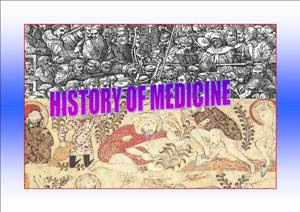Gelatin: Properties and Multifunctional Ingredient in Modern Food Science
Gelatin is a highly versatile and widely utilized ingredient in the food industry, prized for its unique characteristics and multifunctionality. Derived from collagen found in the connective tissues of animals, such as skin, bones, and cartilage, gelatin is obtained through partial hydrolysis. This process transforms collagen into a substance that dissolves in hot water and forms a gel upon cooling, making it a cornerstone of many culinary and industrial applications.
The hallmark of gelatin is its ability to form gels. This property is pivotal in creating popular desserts like jelly, marshmallows, and gummy candies. Additionally, gelatin is essential in savory applications such as aspic, a meat or vegetable-based jelly. The gel-forming capability of gelatin depends on factors like concentration, temperature, and pH, enabling precise manipulation of texture and consistency in food products. Recent advancements in the food industry have focused on improving gelatin’s functionality by modifying these variables to meet specific consumer demands, such as vegan-friendly alternatives or reduced sugar content.
Beyond its gelling ability, gelatin serves as a stabilizer, thickener, and emulsifier in numerous products. It enhances the texture and mouthfeel of yogurt, ice cream, and sauces, contributing to their overall appeal. In beverages like fruit juices and wine, gelatin aids in clarifying and stabilizing the liquid by binding with impurities, a process known as fining. Modern techniques now allow for more sustainable sourcing and innovative applications of gelatin, such as using it in plant-based beverages or low-alcohol wines.
Gelatin’s nutritional value further boosts its appeal. It is a rich source of essential amino acids, especially glycine and proline, which play critical roles in maintaining healthy skin, joints, and connective tissues. These attributes make gelatin a popular component in dietary supplements and functional foods designed to promote overall wellness. Emerging research highlights gelatin’s potential in aiding gut health and supporting recovery from exercise-induced muscle damage, aligning with growing consumer interest in health-conscious eating.
In conclusion, gelatin remains an indispensable ingredient in the food industry due to its unique gelling, stabilizing, and thickening properties. Coupled with its nutritional benefits and adaptability to modern trends, gelatin continues to be a cornerstone of innovation and functionality in food science.
Gelatin: Properties and Multifunctional Ingredient in Modern Food Science



























